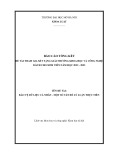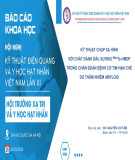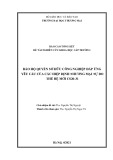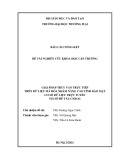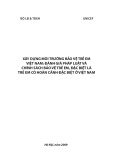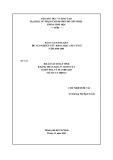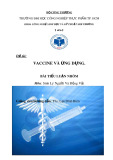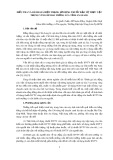
This Provisional PDF corresponds to the article as it appeared upon acceptance. Fully formatted
PDF and full text (HTML) versions will be made available soon.
Potential therapeutic effects of branched-chain amino acids supplementation on
resistance exercise-based muscle damage in humans
Journal of the International Society of Sports Nutrition 2011, 8:23 doi:10.1186/1550-2783-8-23
Claudia R da Luz (claudialuz@usp.br)
Humberto Nicastro (nicastro@usp.br)
Nelo E Zanchi (neloz@usp.br)
Daniela FS Chaves (dseixas@usp.br)
Antonio H Lancha Jr (lanchajunior@usp.br)
ISSN 1550-2783
Article type Commentary
Submission date 5 May 2011
Acceptance date 14 December 2011
Publication date 14 December 2011
Article URL http://www.jissn.com/content/8/1/23
This peer-reviewed article was published immediately upon acceptance. It can be downloaded,
printed and distributed freely for any purposes (see copyright notice below).
Articles in JISSN are listed in PubMed and archived at PubMed Central.
For information about publishing your research in JISSN or any BioMed Central journal, go to
http://www.jissn.com/authors/instructions/
For information about other BioMed Central publications go to
http://www.biomedcentral.com/
Journal of the International
Society of Sports Nutrition
© 2011 da Luz et al. ; licensee BioMed Central Ltd.
This is an open access article distributed under the terms of the Creative Commons Attribution License (http://creativecommons.org/licenses/by/2.0),
which permits unrestricted use, distribution, and reproduction in any medium, provided the original work is properly cited.





